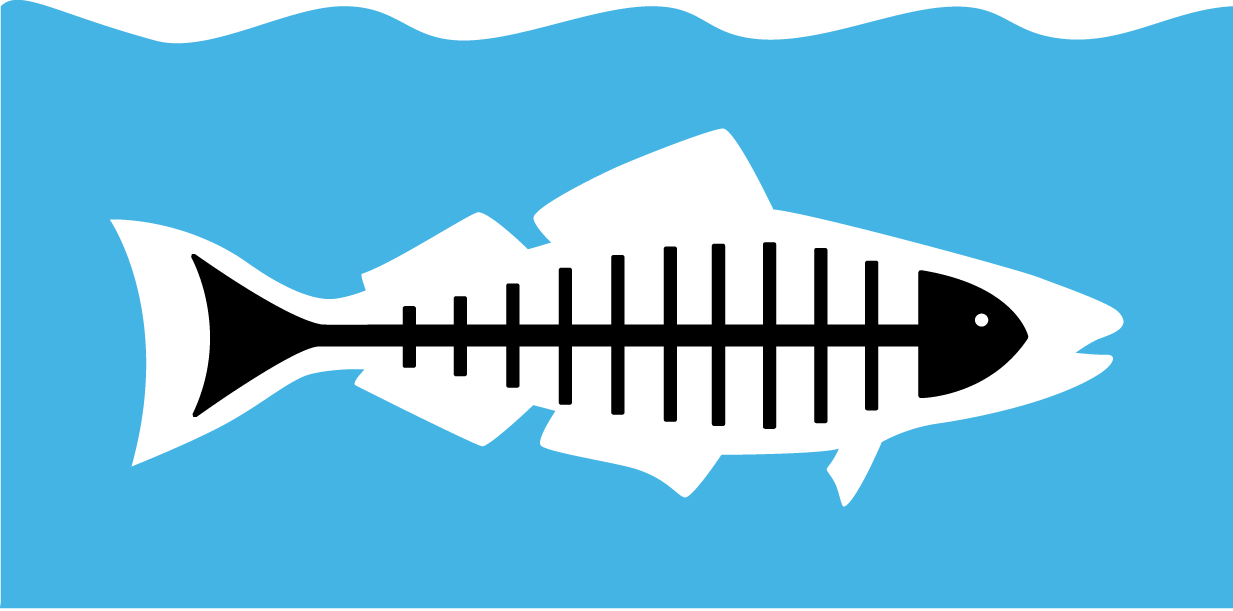On May 23, Heal the Bay will lead a rally on the steps of Los Angeles City Hall to urge the City Council to vote for a ban on single-use shopping bags. Once again, we are heartened that the Los Angeles Times editorial board joins us in urging the approval of “a ban on the carry-out bags to protect the environment.” Read an excerpt from their May 22 editorial below:
The City Council on Wednesday will consider whether to ban stores in Los Angeles from offering single-use plastic carry-out bags. A ban would take some getting used to, but examples from other jurisdictions, including the unincorporated areas of Los Angeles County, show that it can be done and that shoppers and stores quickly adapt. A ban is the right move. The council should adopt it.
For a city with such a strong environmental ethic, Los Angeles is lagging on the plastic bag issue. It has been batting around the idea of a ban for three years as cities up and down the state acted to keep millions of the bags from being freely distributed, only to end up fouling waterways, beaches and the ocean.
Like the Styrofoam containers that once held fast-food hamburgers, plastic bags became popular because they seem cheap and convenient. But it turns out they seem cheap only because the true costs aren’t assessed directly to the seller or the buyer, but to all of us when we bear the burden of environmental degradation and cleanup. Some fast-food chains recognized that they, their customers and our society could take a step forward by reaching back and returning to the use of paper containers. Others caught up when laws required them to. No one is the worse off for it, and we’re all better off without the Styrofoam clogging streets and sewers and, eventually, forming part of a floating mid-ocean garbage patch.



